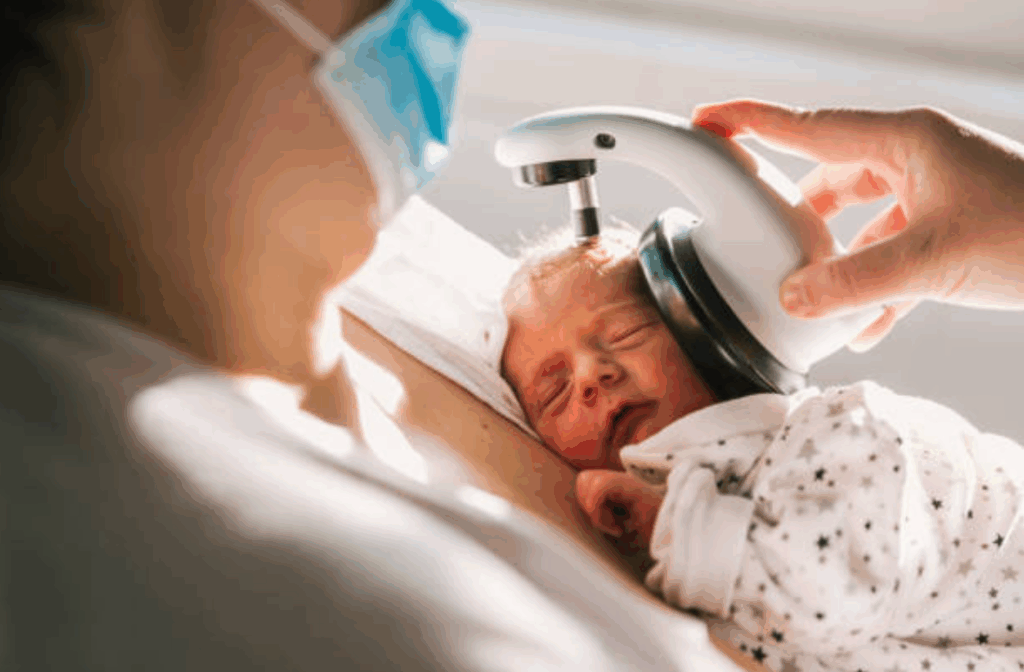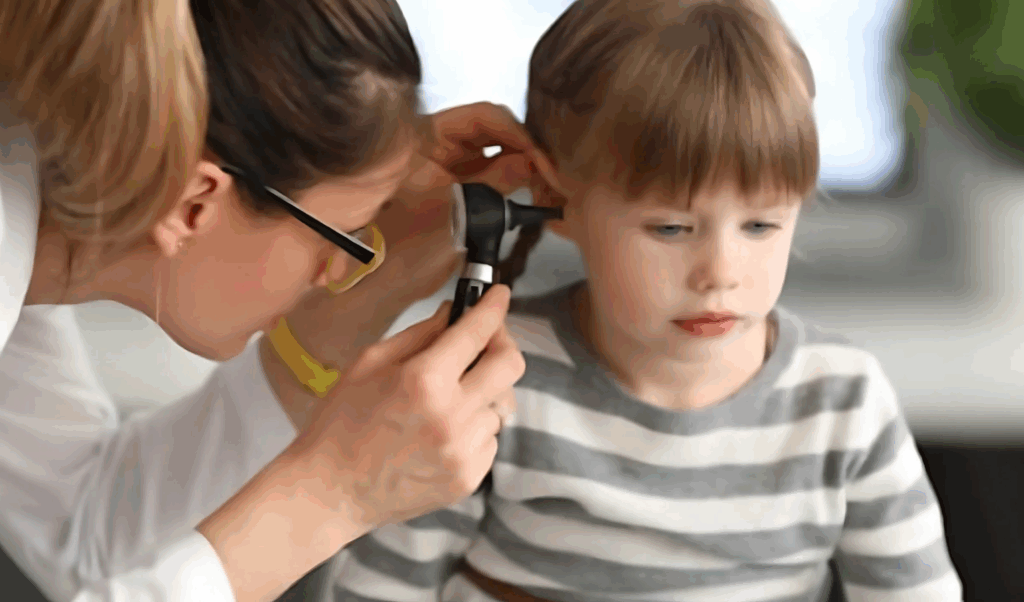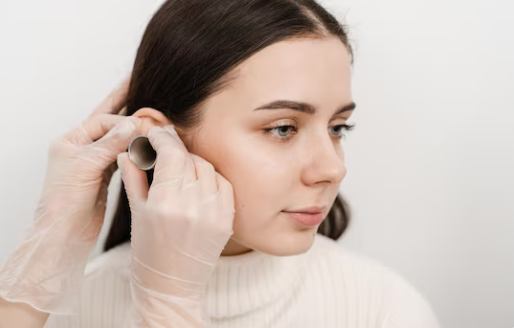Types of Memory Loss and Forgetfulness (Should You Worry)
Occasional forgetfulness is normal and happens to most people, but it can especially feel unsettling when it recurs. You forget appointments more often, misplace keys, and experience sudden memory lapses following a stressful event. These memory problems may signal something more serious.









